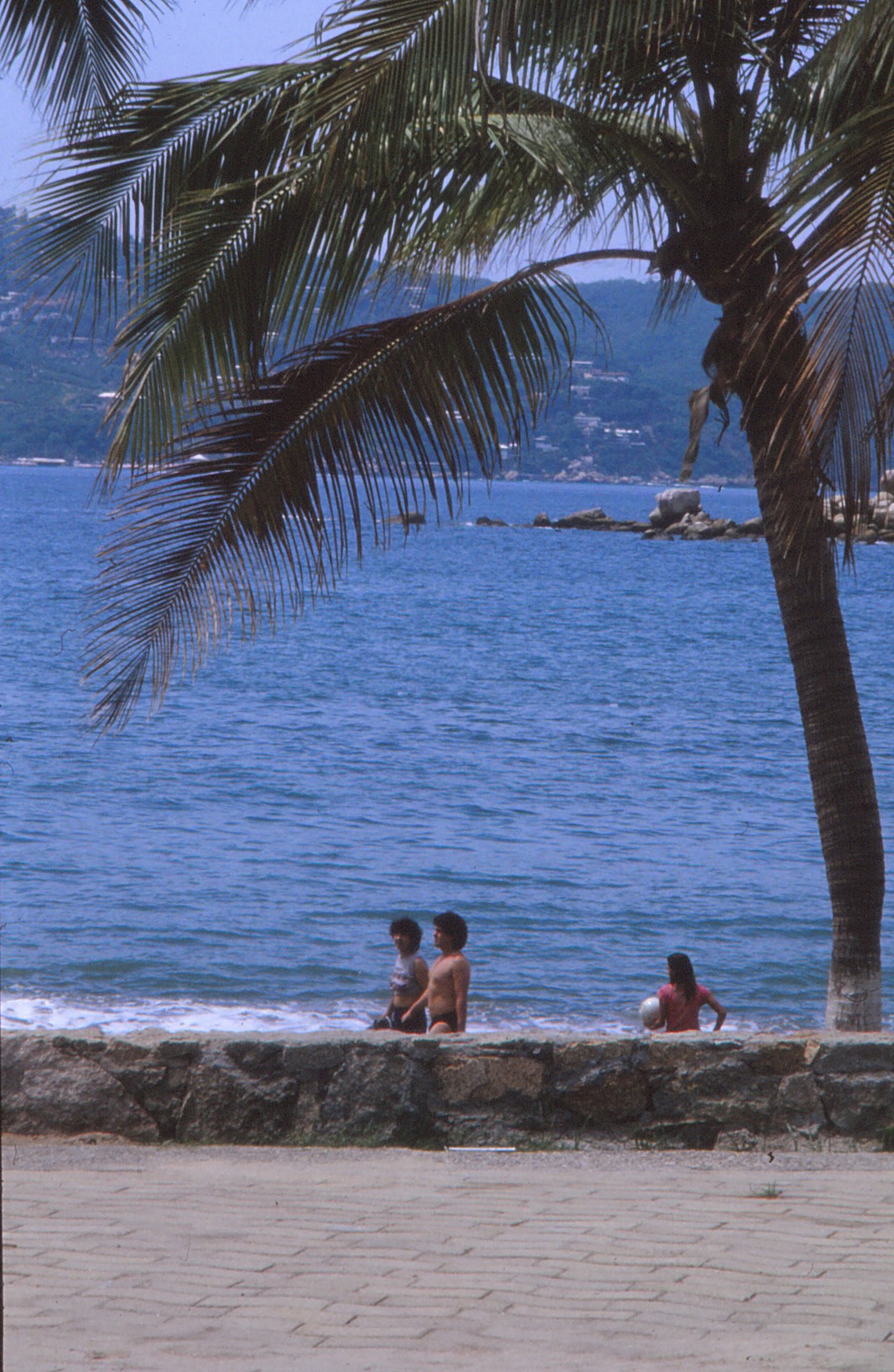Faunal Mortality in CaribbeanTiistai 19.11.2019 klo 18.33 - Mikko Nikinmaa In last June-July the news were filled with pictures about Caribbean beaches covered with dead and dying algae. In addition to the beaches, the algae covered the water near them. The large amount of beaching algae has become a yearly problem in 2010’s. Although the aesthetic problems in the beaches (sight and smell) are a major nuisance It is probable that this problem is yet another consequence of ongoing climate change. This is an example of effects influencing economies drastically, and the problems are not caused by countries suffering from economic problems. For this reason one needs environmental globalism, the nationalistic populism only worsens the situation. Soon the populist will not have a tourist resort to go to, even if he had saved enough money for it by not accepting the need to do any environmental actions. |
|
Kommentoi kirjoitusta. Avainsanat: climate change, fish mortality, tourism |
Tourism and climate changePerjantai 11.5.2018 klo 16.37 - ;Mikko Nikinmaa Although seeing new places is a lot of fun, it is a major problem causing carbon dioxide emissions and deterioration of environment. In a recent article in Nature Climate Change Lenzen et al. (The carbon footprint of global tourism, Nature Climate Change, doi: 10.1038/s41558-018-0141-x) estimate that close to 10 % of the world's total carbon dioxide emissions are due to tourism. Since tourism is increasing more rapidly than most other human endeavours, even if improved techologies to diminish the carbon dioxide footprint of a tourist's day can be applied, it is likely that the effects of tourism continue to increase. What is even worse is that many places, which get most of their income from tourism (oceanic islands) are the first to succumb to the effects of climate change. In addition to carbon footprint tourism changes land use, and, e.g., causes erosion in places where human herds flock to see rare animals, not to say anything about the waste produced. So, it is impossible to have ecotourism. The conflict between tourism and nature has been discussed in scientific literature for at least 15 years (e.g. Gössling, S. Global environmental consequences of tourism. Glob. Environ. Change 12, 283–302 (2002)), but the problems have continued to increase. So we should just be happy viewing places in our TVs - for the sake of environment. |
|
Kommentoi kirjoitusta. Avainsanat: carbon foot print, ecotourism, flight travel |

 for areas living on tourism, what happens in coastal waters may be even more alarming for ecosystem health. The decaying algae cause high ammonium and sulphide concentrations in water, and a marked reduction in its oxygen concentration. All these changes are harmful enough to be lethal to large numbers of macrofauna. Especially fish are found dead in large numbers. While the results from last July-August are not yet available, Rodriguez-Martinez et al. have reported the situation in 2018 in Marine Pollution Bulletin 146 (2019) 201–205.
for areas living on tourism, what happens in coastal waters may be even more alarming for ecosystem health. The decaying algae cause high ammonium and sulphide concentrations in water, and a marked reduction in its oxygen concentration. All these changes are harmful enough to be lethal to large numbers of macrofauna. Especially fish are found dead in large numbers. While the results from last July-August are not yet available, Rodriguez-Martinez et al. have reported the situation in 2018 in Marine Pollution Bulletin 146 (2019) 201–205.